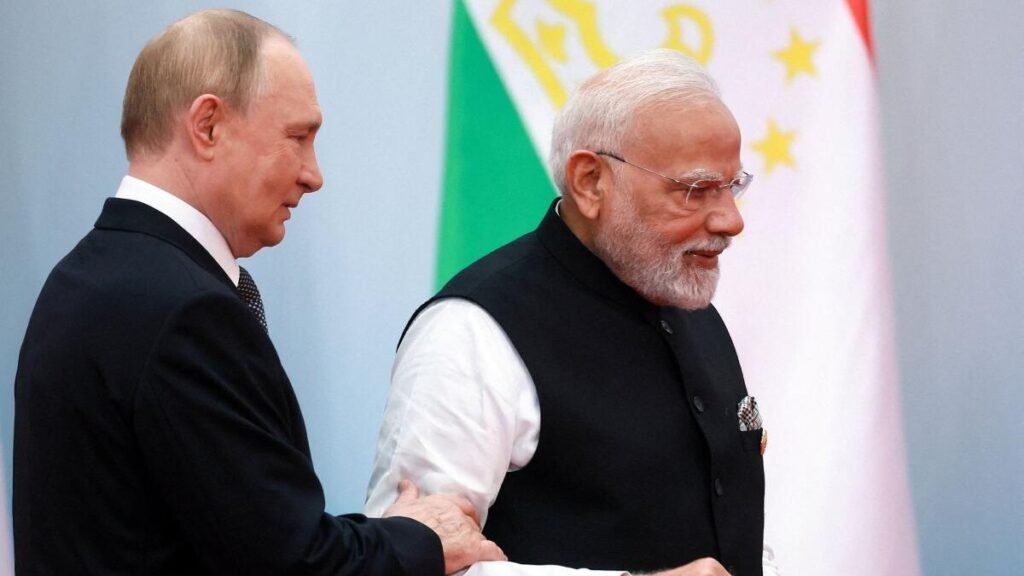India’s participation in the ongoing joint military exercises hosted by Russia and Belarus has drawn significant global attention, especially from the United States and NATO allies. The war games, taking place against the backdrop of heightened tensions between Moscow and the West, highlight the fine line New Delhi continues to walk in balancing its strategic partnerships.
The drills, held on Belarusian soil with Russian leadership, include complex combat maneuvers, counterterrorism operations, and battlefield coordination exercises. Alongside India, a handful of other nations friendly to Moscow are taking part.
For India, the decision to send a contingent reflects its longstanding defense ties with Russia. Moscow remains one of New Delhi’s biggest arms suppliers, and joint training programs have been central to their military relationship for decades. Analysts argue that participation also signals India’s intent to keep defense channels with Russia open, even as it strengthens security ties with the United States, Europe, Japan, and Australia through platforms like the Quad.
However, Washington and NATO capitals are watching closely. The optics of Indian troops drilling alongside Russian and Belarusian forces—while Western nations impose sanctions on Moscow over Ukraine—complicate the narrative of India as a democratic partner aligned with Western interests. The U.S. has often described India as a critical pillar of its Indo-Pacific strategy, but New Delhi’s insistence on strategic autonomy means it won’t fully align with one bloc.
Experts note that India’s presence at the war games should not be mistaken as an endorsement of Moscow’s geopolitical actions. Instead, it underscores India’s pragmatic foreign policy: maintaining defense cooperation with Russia while expanding economic and strategic ties with the West.
For NATO and the U.S., however, the timing is sensitive. With Belarus firmly in Russia’s camp and Eastern Europe on high alert, India’s participation risks being read as tacit support for Moscow’s agenda. This perception, even if inaccurate, adds complexity to transatlantic diplomacy with New Delhi.
As one senior analyst put it: “India is practicing strategic balancing. It cannot afford to alienate Russia, but it equally cannot afford to jeopardize its growing relationship with the U.S. and NATO. That balancing act will only get harder as the global divide deepens.”
In the coming months, how India explains its participation—and how Washington interprets it—will be crucial for the future of its global positioning.





